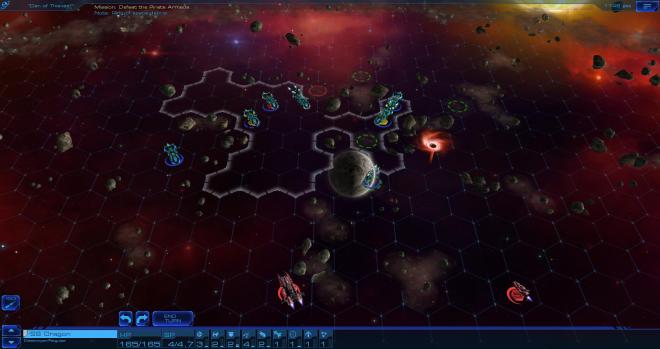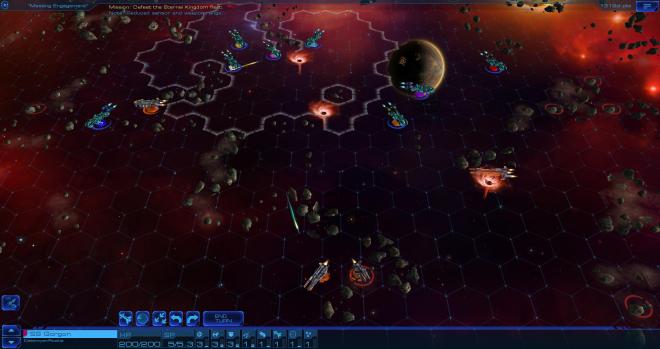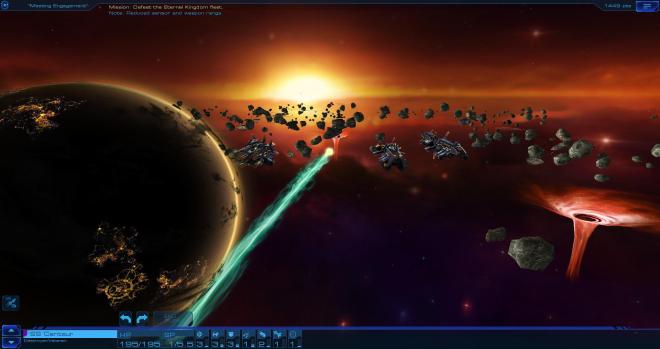Sid Meier's Starships
Overview -
Last fall, Firaxis and 2K released 'Sid Meier’s Civilization: Beyond Earth', a spiritual successor to the much older 'Alpha Centauri' and the first game in the series to not be set on planet Earth. Now we have 'Sid Meier’s Starships', a companion to 'Beyond Earth' that takes place on an interstellar level, with of course lots of spacecraft. Meier mentioned during development that the 'Star Trek' series was a strong influence on the game.
Video Review

'Starships' doesn’t look particularly good, to put it diplomatically. It has the feel of a mobile or tablet game that’s been ported over to PC. Textures are low-res and the effects are pretty crummy. The art design in general isn’t inspired - the titular spaceships don’t evoke any kind of coolness factor, they kind of just look like multicolored blobby little doodads. There is no section in the options for video settings, so the default presentation is as nice as it gets. The overmap is nice and clean-looking, at least.
Audio Review

The music is not bad. It has an ominous, background-level style to it, not particularly noticeable unless turned up. Sound effects are of a middling quality. This area of the game is not quite as poor as the video, but there is room for improvement.
Final Thoughts

'Sid Meier's Starships' is not a quick cash-in completely devoid of creative merit, but nor is it a fitting companion for one of the best strategy titles of last year. At best it is good for a few hours of moderate strategy, although it’s probably better played on a mobile device. Still, there are far better strategy games available for mobile, and cheaper than $15 as well.












